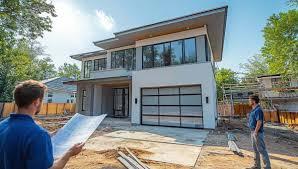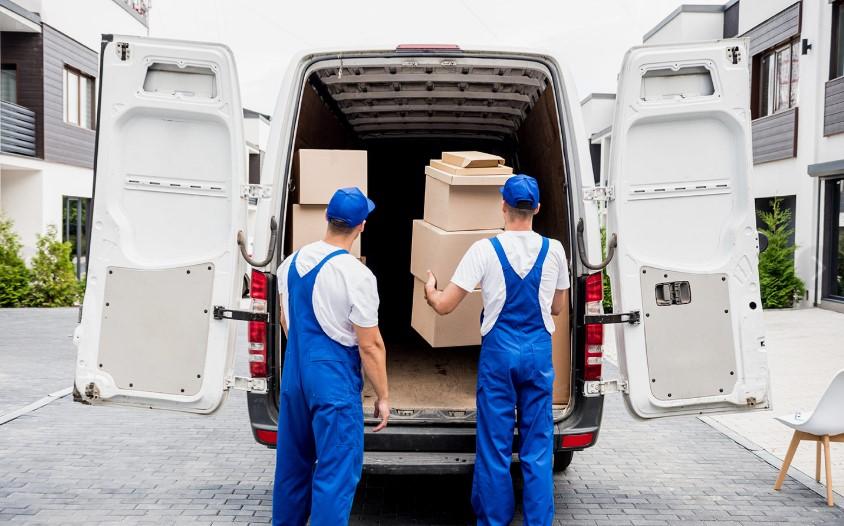Factors That Influence Construction Cost in Delhi in 2025

The real estate and infrastructure sector in Delhi continues to evolve rapidly, and so do the expenses associated with building new homes, offices, and commercial complexes. For anyone planning a construction project, understanding the construction cost in Delhi is essential for accurate budgeting. In 2025, several factors are reshaping how much it costs to build in the capital city. From raw material prices to government regulations, each element has a direct impact on overall project expenditure.
This article explores the key factors that influence construction cost in Delhi in 2025, helping property owners and developers make informed decisions.
Average Construction Cost in Delhi in 2025
On average, the construction cost in Delhi falls between ₹1,800 to ₹3,200 per square foot in 2025. The range depends on the type of property, design, quality of materials, and finishing.
-
Basic Construction: ₹1,800 – ₹2,100 per sq. ft.
-
Standard Construction: ₹2,200 – ₹2,700 per sq. ft.
-
Premium/Luxury Construction: ₹2,800 – ₹3,200+ per sq. ft.
While these figures give a broad estimate, actual costs vary depending on multiple influencing factors.
Key Factors Influencing Construction Cost in Delhi
1. Cost of Raw Materials
One of the biggest contributors to construction cost in Delhi is raw material pricing. Cement, steel, sand, bricks, tiles, and wood are the backbone of any project. In 2025, fluctuations in global commodity prices, transportation costs, and local supply-demand gaps have made materials more expensive.
-
Cement & Steel: Account for nearly 30–35% of the total cost.
-
Tiles & Marble: Luxury flooring can significantly raise expenses.
-
Wood & Glass: Premium finishes increase per-square-foot rates.
2. Labor Charges
Delhi attracts a large workforce from across India, but rising living costs in the city have pushed labor wages upward. Skilled workers such as masons, carpenters, electricians, and plumbers charge more compared to neighboring NCR regions. Labor can contribute 25–30% of overall construction cost.
3. Architectural Design & Complexity
Modern homeowners and developers prefer stylish designs, energy-efficient layouts, and unique aesthetics. However, complex architectural features such as double-height ceilings, large glass facades, and intricate false ceilings raise both material and labor costs.
4. Quality of Materials Used
The choice between budget, standard, and luxury materials plays a direct role in cost estimation. For example, using basic paints versus weather-resistant premium coatings can change costs by 10–15%. Similarly, modular kitchens, branded fittings, and imported tiles drive up expenses.
5. Government Approvals & Compliance
Before starting construction in Delhi, approvals from local authorities like the Municipal Corporation of Delhi (MCD), Delhi Development Authority (DDA), and fire and environmental departments are mandatory. The cost of permits, legal fees, and taxes adds to the overall budget. Delays in approvals can also indirectly increase project expenditure.
6. Location of the Property
The locality significantly affects construction cost in Delhi. South and Central Delhi often have higher costs due to limited land availability and higher demand for premium construction. Peripheral areas near Delhi-NCR borders may have lower labor and material transportation expenses.
7. Technology & Modern Construction Practices
In 2025, many builders are adopting sustainable practices, green building materials, and smart home technologies. While these innovations improve long-term savings and property value, they initially raise construction expenses.
8. Inflation & Market Trends
The rising cost of fuel, transportation, and global economic conditions directly influence material prices. Inflation is a major reason why the construction cost in Delhi keeps increasing year after year.
9. Finishing & Interiors
The final stage of construction—painting, flooring, woodwork, modular kitchens, and smart fittings—can account for 20–25% of the total budget. Luxury interiors or designer elements can easily push costs beyond average estimates.
10. Unexpected Expenses & Contingencies
Every project faces unforeseen expenses, from changes in design to additional structural reinforcements. Keeping a contingency budget of 5–10% is advisable to avoid financial strain.
How to Manage Rising Construction Cost in Delhi
Despite the increasing prices in 2025, careful planning can help reduce expenses:
-
Plan Early: Lock in material and labor contracts to avoid future price hikes.
-
Choose Materials Wisely: Opt for durable yet cost-effective alternatives.
-
Hire Trusted Contractors: Experienced professionals ensure efficient use of resources.
-
Use Modern Technology: Precast structures and modular construction can save time and money.
-
Energy-Efficient Solutions: Investing in solar panels and insulated walls reduces long-term costs.
Construction Cost in Delhi vs. NCR
A major consideration for property owners is whether to build in Delhi or nearby NCR areas such as Noida, Gurgaon, or Ghaziabad. Generally, NCR offers lower labor and material costs. However, Delhi continues to command higher value due to better infrastructure, connectivity, and long-term property appreciation.
Final Thoughts
In 2025, the construction cost in Delhi is influenced by raw materials, labor, design complexity, government approvals, and modern building trends. On average, one can expect to spend between ₹1,800 and ₹3,200 per square foot, excluding land costs. By understanding these factors and planning carefully, property owners can manage expenses effectively and build lasting, high-quality structures.
If you are planning a construction project in Delhi, consulting with experienced architects and contractors will give you the most accurate cost estimation and help you avoid budget surprises.







